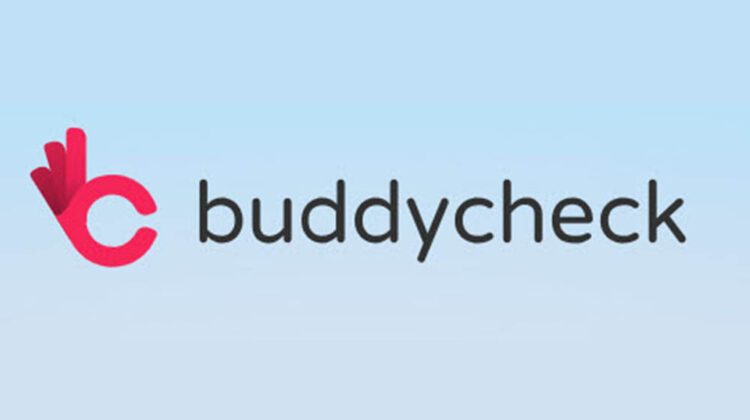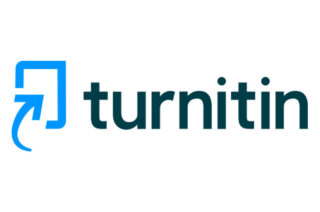Buddycheck: Overview

Below you will find information on:
- What does Buddycheck do?
- Buddycheck evaluation method
- How does mark adjustment work?
- Links to further resources (on peer assessment and how to set up Buddycheck).
What does Buddycheck do?
The software allows group members who have completed and submitted a piece of group work to review and score each member (including themselves) by answering a number of questions based on 5 categories. Once students complete their peer scoring task, the results can be used to:
- Adjust an existing grade in your Blackboard Course.
I.e. all members of a group have been given the same grade for a group project. Buddycheck could then apply an adjustment factor to alter this grade on an individual level, based on the results of the peer scoring process. - Provide a personalised report to individual members of a group that displays their peer evaluation results compared to the average of that group.
- Provide raw scores for an instructor to further manipulate.
- Give the instructor an overview of group performance to easily pick up on conflicts or issues within groups.
Buddycheck Evaluation method
The default evaluation questions in Buddycheck are based on the ‘Comprehensive Assessment of Team Member Effectiveness’ (CATME) framework, developed by Purdue University, which is a proven method based on extensive academic research. For more detail on the framework, visit the CATME website.

In brief, the framework proposes five different ‘teamwork’ dimensions for evaluation:
- Contributions to Teamwork: producing work, contributing to discussions, aiding others.
- Interacting with Teammates: listening to others in the group, liaising between different group members, encouraging others, being receptive to feedback.
- Keeping the Team on Track: monitoring group progress, intervening when there are issues, giving constructive feedback.
- Expectation of Quality: motivating others in the group, investing time and effort into the work, believing in group capability.
- Knowledge, Skill & Ability: demonstrating and acquiring knowledge / skills / ability, the capability to adopt different roles within the group.
You are also able to modify the questions as needed, if you have your own set of areas to review that are specific to you course/learners.
How does the Buddycheck mark adjustment work?
Team members’ contributions are assessed based on specified criteria and within a 1 to 5 rating scale, where 1 is the lowest and 5 is the highest.
The 5 default criteria based on the CATME framework (referred to above) are used to evaluate individual performance.
If you would prefer to use your own set of criteria you can easily add and remove questions when setting up your evaluation, however we recommend using the default options as the CATME framework is a research-based quantitative method.
Peer scoring variables
Adjustment Factor
An Adjustment Factor value is a calculated number that attempts to show the contribution of a given student relative to the other members of their group. Specifically, this Adjustment Factor is the average rating of the student divided by the overall average rating for all members of the group. For full details of the adjustment factor calculations please download the Buddycheck Calculations guide through the following link: Buddycheck Calculations.
With or without self
‘With Self’ means that the student’s self-ratings are factored in. In some cases, exceptional conditions such as ‘Cliques’ may have an impact on the validity of the Adjustment Factor values, and in these cases the Adjustment Factor columns will be highlighted.
Original or capped
Depending on your chosen settings, you can have an original or capped adjustment factor. By default, the capped Adjustment Factor value is capped at a maximum value of 1.05. Also, values above 0.95 are rounded up to 1.00 (as findings are that values in this range are just ‘noise’). You can get an explanation of the capped adjustment factor by hovering over the switch on top of the results table.
Click the link below to view the student guidance for ideas and resources to share with your students when preparing them for a peer assessment task – including a ‘What to expect’ guide for Buddycheck. There is also a template ‘Buddycheck Explanation’ document below to use to explain to the students what Buddycheck is and how the marks are adjusted in more detail, as well as answering FAQ’s.
Further resources
- Staff Guidance: Peer Assessment Tools
- Student Guidance: Peer Assessment Tools
- Buddycheck Get Started (setting up Buddycheck for your course)


